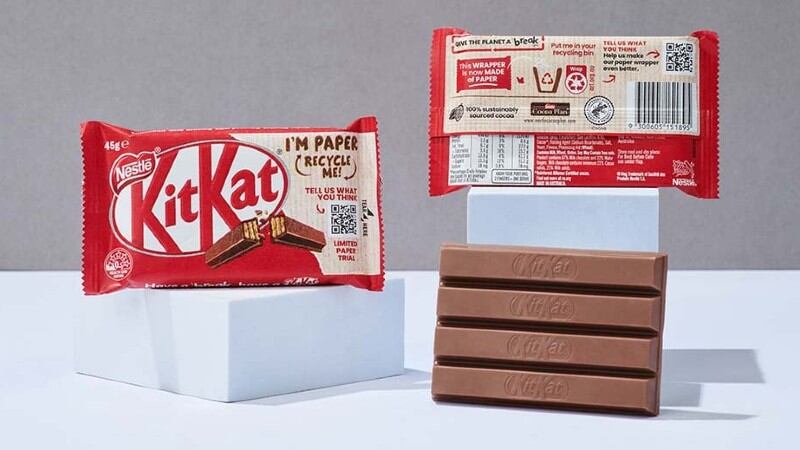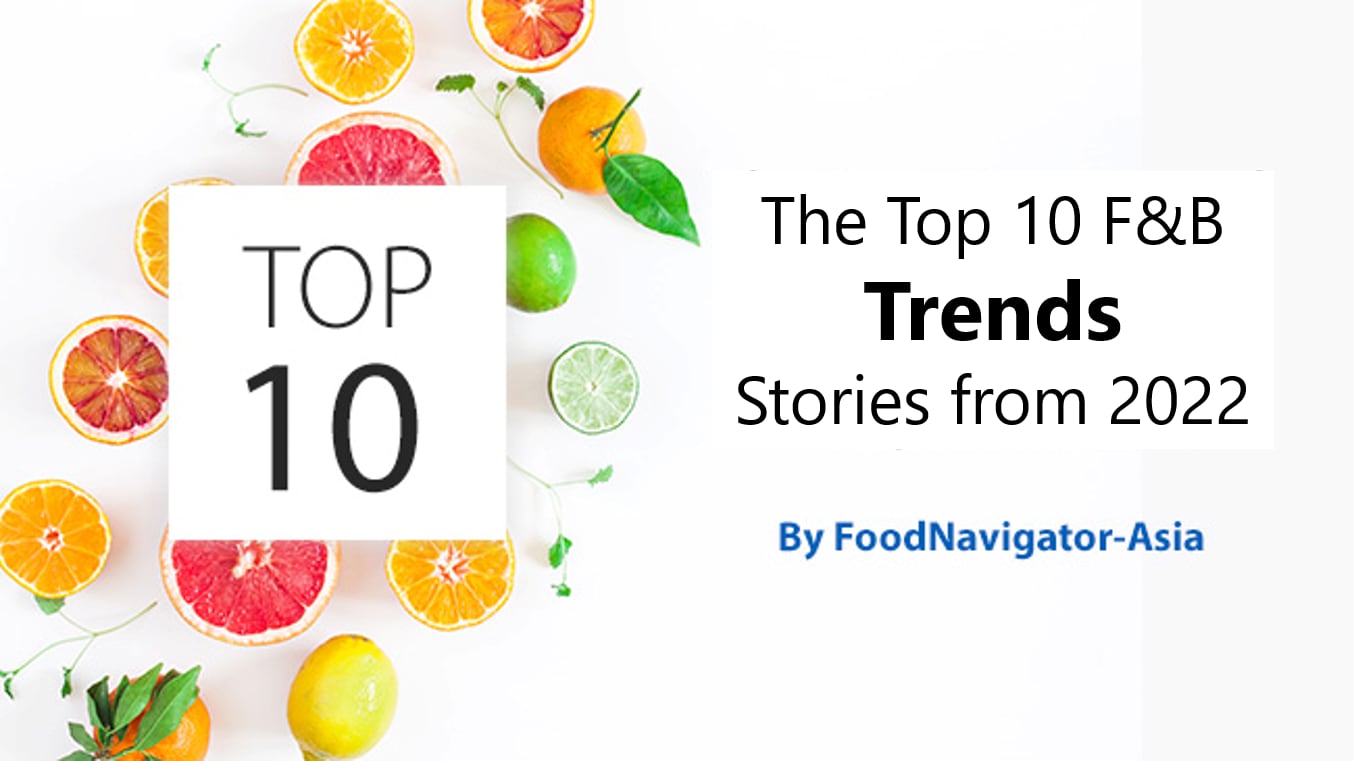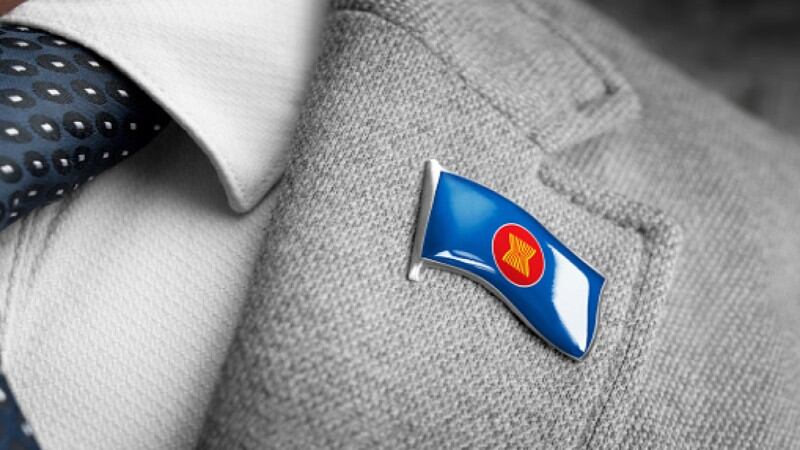Food and beverage giant Nestle has long been vocal of its ambitions to tackle plastic packaging usage and reduce the use of this in the name of sustainability.
But the majority of such innovations, including those coming out of its international packaging science institute, have been targeted mainly at markets with colder climates e.g. Europe and the United States.
A major limiting factor for the firm to bring similar new innovations into the Asia Pacific region is the tropical hot and humid climate here.
This is why it launched its recyclable paper packaging for Maggi bouillon cubes in France even though Indonesia and Malaysia are traditionally key markets for this product.
However, the APAC region makes up a significant portion of the company’s business and is most definitely a part of its international sustainability goals, including to have 95% to 100% of its packaging recyclable; and to reduce the use of virgin plastic, by 2025.
As such, progress has been ongoing to develop packaging more suitable for the region, and the firm is moving closer towards its plastic reduction goals with the announcement of a new paper packaging pilot in Australia for the KitKat four-finger 45g pack, which is also open to public feedback.
“The challenge was to find the right paper packaging solution with a high level of barrier properties to adequately protect the chocolate,” Nestle Confectionery Product Technology Centre Head Louise Barrett said via a formal statement.
“We had to maintain the perfect balance between the crispy wafer and smooth chocolate that [consumers know], whilst at the same time ensure the packaging is recyclable in the paper stream.
“This recyclable packaging will be available for a limited time whilst stocks last [from January 2023] across Western Australia, South Australia and Northern Territory.”
The trial is being run exclusively with Coles supermarkets and will still contain a think layer of barrier film made of metal which functions to keep the freshness of the chocolate.
“Australia is the first country globally to trial KitKat in paper packaging,” Nestle Oceania General Manager of Confectionery and Snacks Chris O’Donnell added.
“The priority is to ensure that we deliver the same delicious KitKat [even in this new packaging] and we look forward to Australian consumers giving us their feedback on this trial, as this will help shape the next steps.”
All of the bars with the new packaging will have a QR code on-pack, which consumers can scan to answer a survey with questions on the new packaging.
The packaging has been designed to also be convenient to recycle, compatible for recycling through kerbside recycling bins that collect and process paper waste. The metal barrier film also contains also has a recyclable ARL (Australasian Recyclign Label) so it is safe to be placed in its corresponding recycling bin.
Not yet at a stage for Asia?
Although this is undoubtedly a major step for Nestle to bring full-on plasticless packaging solutions to the region, it must be noted that the weather in many Asian countries is still a far cry from that in many Australian regions.
Meteorology websites place the average temperatures in Australia at around 24°C (Western Australia) and 29°C (South Australia) in January when the trial is being conducted, whereas tropical countries like Malaysia record much higher temperatures year-round.
The only test location with potentially corresponding temperatures would be in the Northern Territory where temperatures can reach 32°C and higher in summer, though the humidity differences will still need to be taken into consideration.
Nestle CTO Stefan Palzer previously echoed Barrett’s comments about the challenges involved, and highlighted that compromises cannot be made lightly as there are food safety concerns involved.
“We have to have better barrier properties and also work on the reusable secondary (exterior) packaging aspects as [some of the key purposes of] food packaging, plastic or otherwise, is to protect the food product along its journey to the consumer,” Palzer told us.
“It also plays key roles to ensure food safety and quality, [and] some types of packaging may [achieve this in] certain geographies but not others.”
As such, it appears there are still many considerations and challenges to be overcome before a uniquely Asian packaging alternative emerges, but Nestle’s move to trial this packaging in this region does bring hope for this to come sooner than later, especially depending on the results from the pilot test in the Northern Territory.





